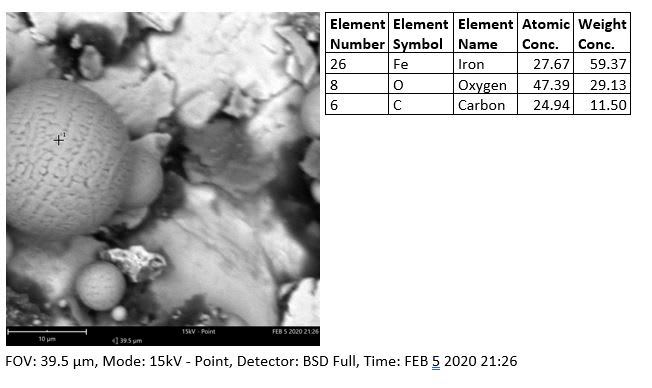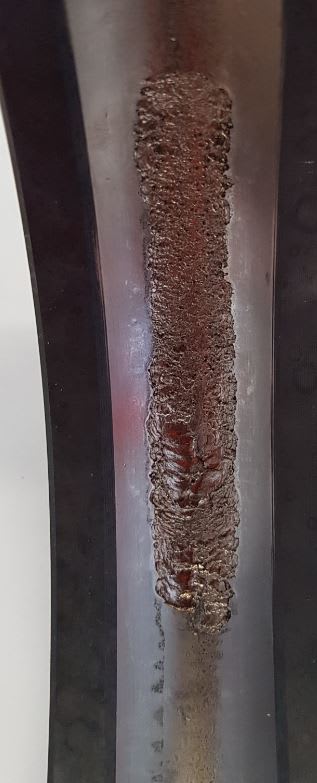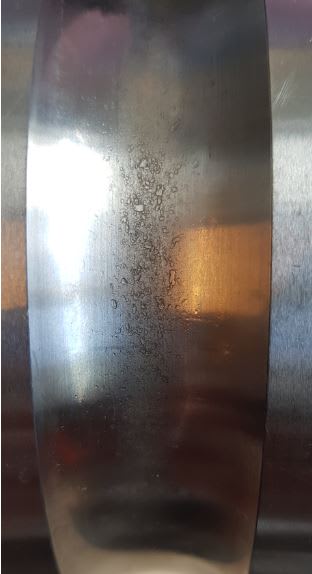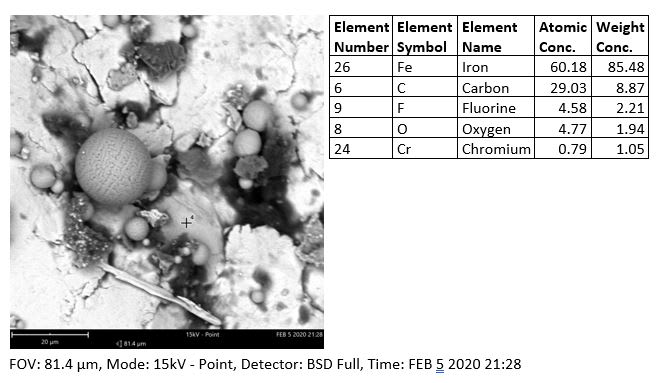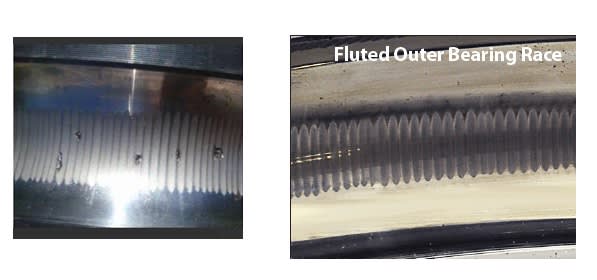Hi All,
I would like to seek some clarification on observations in an SEM image obtained from a bearing outer raceway that appears to be spalled in one section.
The spherical balls are Iron as confirmed by SEM analysis.
What phenomena would cause the steel in the raceway to become spheres?
[URL unfurl="true"]https://res.cloudinary.com/engineering-com/image/upload/v1580944936/tips/20191113-02190027_ubnc29.tiff[/url]
[URL unfurl="true"]https://res.cloudinary.com/engineering-com/image/upload/v1580944958/tips/20191113-02190026_u74z2w.tiff[/url]
Thanks
I would like to seek some clarification on observations in an SEM image obtained from a bearing outer raceway that appears to be spalled in one section.
The spherical balls are Iron as confirmed by SEM analysis.
What phenomena would cause the steel in the raceway to become spheres?
[URL unfurl="true"]https://res.cloudinary.com/engineering-com/image/upload/v1580944936/tips/20191113-02190027_ubnc29.tiff[/url]
[URL unfurl="true"]https://res.cloudinary.com/engineering-com/image/upload/v1580944958/tips/20191113-02190026_u74z2w.tiff[/url]
Thanks

